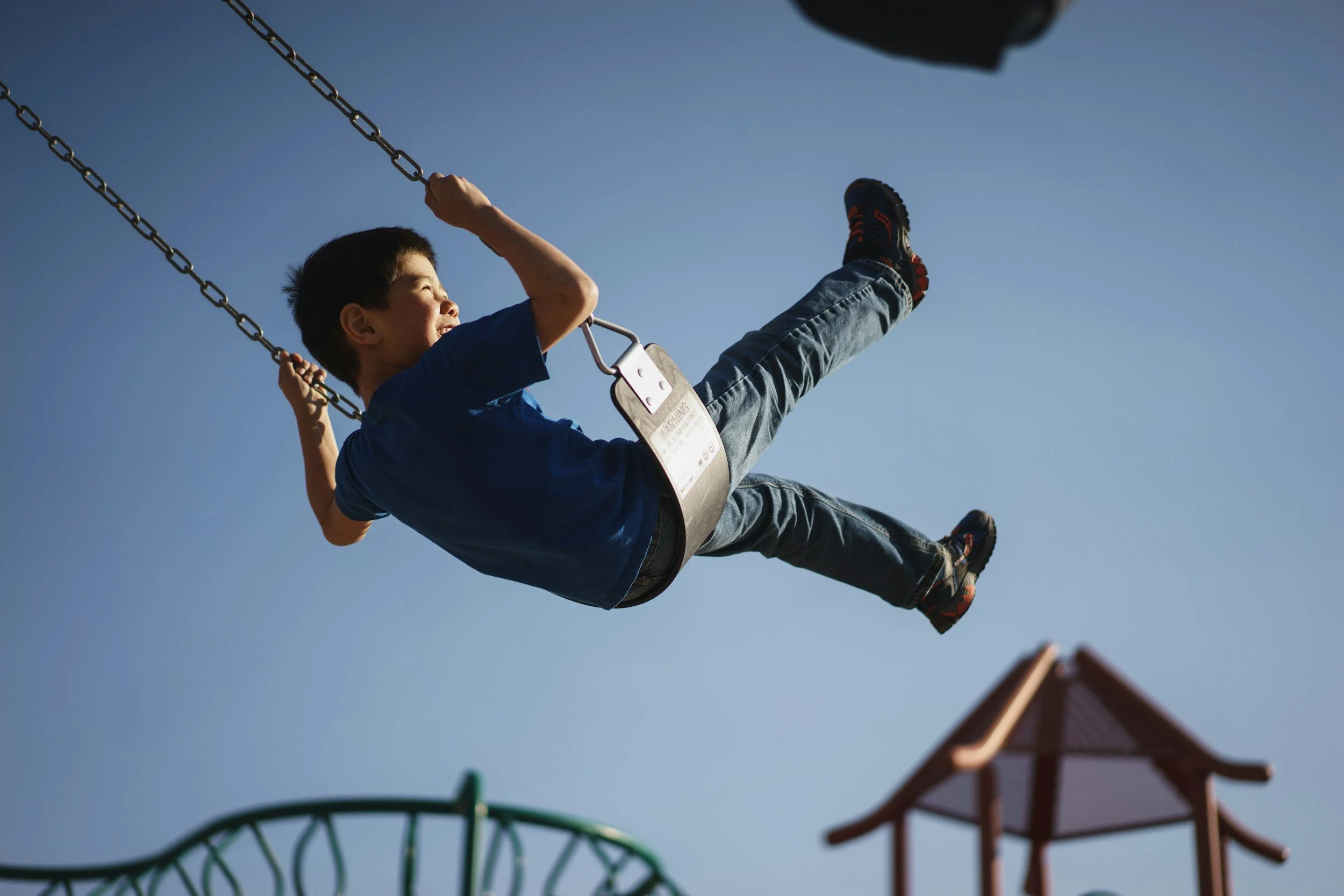Goal-Setting for Success: Start Small, Think Big
“By teaching kids how to set goals that are manageable and meaningful, we’re not just helping them achieve a task—we’re equipping them with skills they’ll use for a lifetime.”
Big dreams are great, but they can feel overwhelming—especially for kids. Whether it’s acing a math test, improving their jump shot, or just keeping their room clean for a week, tackling a goal head-on can feel like climbing a mountain with no clear path. That’s where goal-setting comes in.
By teaching kids how to set goals that are manageable and meaningful, we’re not just helping them achieve a task—we’re equipping them with skills they’ll use for a lifetime. And the good news? It’s simpler than it sounds. Let’s break it down.
Applied Hope Tip #1: Start Small, Celebrate Often
Big goals don’t happen overnight, and kids need to know that it’s okay to start small. Breaking down a big dream into smaller, achievable steps helps kids stay motivated and builds their confidence along the way.
How to Do It:
Define the end goal: Ask, “What do you want to achieve (or get done)?” Then help them break it into smaller steps. For example, if the goal is to make the basketball team, start with, “Practice dribbling for 10 minutes a day.”
Track progress visually: Use a simple chart, sticker system, or even a whiteboard to track steps along the way. Seeing progress builds momentum and keeps kids engaged. For older kids, consider a goal progress tracker app like this one: Strides
Celebrate the wins: Did they stick to their practice schedule for a week? Acknowledge it! “I’m proud of how you kept up with this. It’s paying off!”
Why It Works:
Starting small makes big goals feel doable. If we don’t break things down in a way that feels achievable the science tells us we are more likely to abandon the goal all together. Each success builds confidence and reinforces the idea that effort leads to progress. Plus, celebrating wins along the way keeps the process fun and rewarding.
Applied Hope Tip #2: Think Big, Learn to Adjust
Kids need to dream big, but they also need to learn that goals are flexible. Sometimes plans don’t work out as expected, and that’s okay. Helping them adapt and adjust goals teaches resilience and critical thinking.
How to Do It:
Talk about challenges: If progress stalls, don’t let it feel like failure. Instead, ask, “What’s getting in the way?” and brainstorm solutions together.
Revise the plan: Show them that it’s okay to tweak the steps to be more aligned with where they are starting from. For example, if practicing every day is too hard, adjust to every other day.
Keep the focus on growth: Remind them, “It’s not about getting it perfect—it’s about learning and improving along the way.”
Why It Works:
When kids learn to adjust their goals, they see that setbacks aren’t the end—they’re just part of the journey. This flexibility builds resilience and keeps them moving forward, even when things get tough.
A Finishing Touch:
Goal-setting is more than just checking items off a list. It’s about teaching kids how to dream big, start small, and keep going—even when the path gets bumpy.
Today, try this: Help a child in your life set one small, specific goal they can work on this week. Maybe it’s practicing an instrument for five minutes a day, finishing a book chapter, or showing kindness to a friend. Celebrate their progress and remind them that every step matters.
Because when kids learn how to set goals—and adjust them—they’re not just working toward success; they’re building the confidence and resilience they need to succeed in anything they do.

